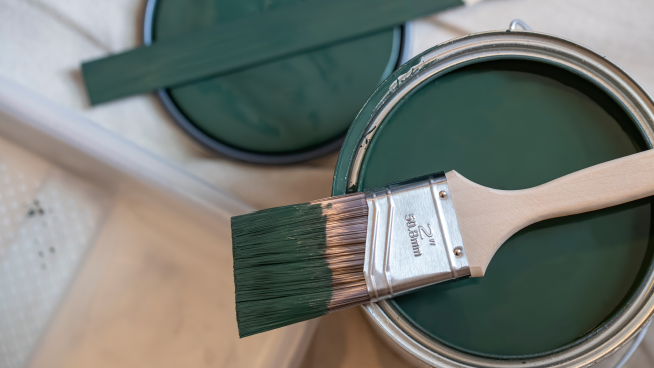Groups like the American Ladder Institute tell us that 2,000 ladder injuries occur every day.
Injuries typically result from seemingly simple things like missing the bottom rung when coming down or using the wrong type of ladder for the job, overreaching and overextending.
The Inside Guy was alone on a job site decades ago creating a roof frame on a new home. Fatigue led to bad decision making and, while standing on the top rung of an extension ladder, he attempted to place a rafter overhead using both hands.
The resulting fall left him bloodied, unconscious, embarrassed and extremely fortunate that he could walk away.
Typical rules for safe use are not terribly involved. Using the correct ladder for the work at hand is step one, which includes knowing the maximum load rating, usually indicated on the side of the unit.
Perform a visual inspection to assure there is no damage to the unit and that no repairs have been made to a previously damaged ladder.
Anywhere a ladder is used, solid and level footing must be provided. Whether reaching for the top of a kitchen cabinet from a step stool or taking debris out of the gutters from a side yard location, make certain the ladder feet cannot slide or move.
Some commercially available units have vertically adjustable feet to accommodate setups on uneven terrain. When possible, it is always advisable to have another person on the ground holding and helping to stabilize the ladder.
When accessing a roof or other elevated platform, the top of the ladder should extend 3 feet above the point of contact to allow a good hand hold when exiting the ladder or regaining your footing for a safe descent.
This also makes it imperative that we assess the location of overhead electrical lines to avoid any potential for contact.
Although aluminum ladders are relatively lightweight and easier to both afford and use, they are also highly conductive. Because of this, fiberglass or wood units are often suggested for outdoor work where powerlines may become an issue.
The angle of repose for a standing ladder should have the feet placed out from the vertical wall one-fourth the height being accessed. This would dictate the foot of the ladder being positioned 3 feet out from a 12-foot height.
Don’t place a ladder in front of an open garage where a backing auto may strike the unit.
Never work from the top step or rungs of a ladder. Most units will have an embossed warning on top steps indicating they should not be used.
Safe use demands a constant three-point contact with the ladder, meaning two feet and at least one hand.
This requires a tool pouch or belt to contain required instruments and you may have to make multiple trips to secure items like a paint bucket.
Overreaching while on a ladder is a direct cause of many injuries. If you are going to perform work on a ladder, dedicate yourself to being very deliberate and taking whatever time is required to relocate the ladder if needed.
And keep in mind the reality that many jobs are best left to the trained professionals like those you can find every day at InsideOutsideGuys.com.
**
For housing advice and more, listen to “The Inside Outside Guys” every Saturday and Sunday on 760 WJR from 10 a.m. to noon, or contact them at InsideOutsideGuys.com.








